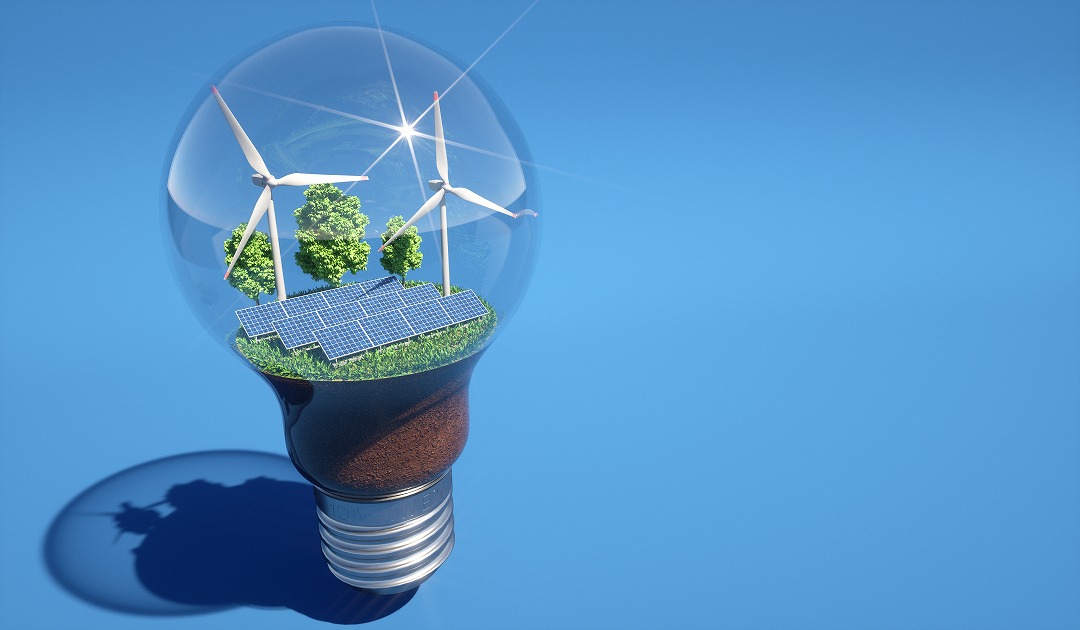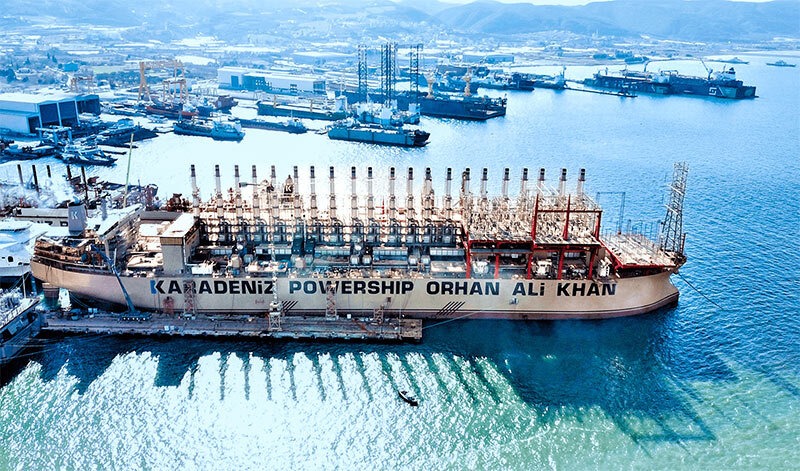
Archive
In a previous article, we discussed the Japanese government’s consideration of providing tax breaks and subsidies for data center construction projects that demonstrate a high degree of decarbonization.
This time, we will examine the initiatives of Ishikari City in Hokkaido, Japan, which has already taken steps to establish itself as a data center hub focused on decarbonization.
Ishikari City’s Data Center Business Initiatives for Decarbonization
Ishikari City has been selected by the Japanese Ministry of the Environment as a “leading decarbonization region” as part of its goal to achieve carbon neutrality by 2050.
The city has also formulated a zero-carbon policy titled “Rediscovering the Region with Locally Produced Renewable Energy and Decarbonization” and has been working to create a decarbonized industrial cluster by supplying renewable energy (hereinafter referred to as “renewable energy”) to a group of data centers and surrounding facilities in the Ishikari Bay New Port area.
In November 2022, Flower Communications Co., Ltd., Hokkaido Electric Power Co., Inc., and Tokyu Real Estate Co., Ltd. signed a basic agreement to commercialize a data center operated entirely on renewable energy in Ishikari City.
Ishikari Renewable Energy Data Center No. 1 (ISRD), a limited liability company established by Flower Communications, is set to develop and operate the facility, with an opening scheduled for 2026.
Furthermore, in May 2023, Broadband Tower Co., Ltd. and ISRD entered into an agreement to commercialize the renewable energy data center scheduled to open in 2026.
As a data center specialist, Broadband Tower will participate in the business and contribute to the project by providing data center services within a section of the renewable energy data center.
The “Hokkaido Newtopia Data Center Research Association,” to which Broadband Tower, Flower Communications, Hokkaido Electric Power, and Tokyu Real Estate all belong, has been actively discussing the importance of Hokkaido’s role in Japan’s submarine cable topology due to its geographical location and the active planning of submarine cable laying projects in the Arctic Ocean, as well as the significance of establishing Hokkaido as a data center hub.
Broadband Tower and ISRD view this project as one of the fruits of these discussions and are eager to address various challenges related to data centers, such as greening and decentralization, in collaboration with local governments and businesses, in line with national and local government policies.
ISRD and this project have been selected as indirect subsidy recipients by the foundation established under the Supplementary Budget for FY2021 for the “Strengthening of Digital Infrastructure by Decentralizing Data Centers and Submarine Cables,” and the Japanese government is expected to provide support for the establishment of data centers in Ishikari City.
Expectations for Industrial Cluster Development and Regional Economic Growth
With the support of national and local government policies, the renewable energy data center park in Ishikari City, where the project is planned, is expected to see the aggregation of renewable energy-powered data centers and related industries.
Additionally, if the government’s subsidies for decarbonization become more substantial, how will Ishikari City develop? Expectations are high for the rapid growth of the region as a data center and related industry hub and for further development of the data center business.
2024.08.28
With the rapid spread of artificial intelligence (AI), the importance of data centers is increasing. Currently, there is a potential shortage of data centers to support generative AI and the AI of the next few years, and there are challenges such as how to secure the large amounts of electricity consumed by data centers. While companies are making efforts to meet demand by using renewable energy and reducing carbon dioxide emissions, domestic companies tend to be less aware of this issue.
GAFAM companies have been building their own renewable energy power plants.
Companies like Amazon, known as GAFAM, have already entered into long-term contracts with power generators to directly procure renewable energy. They secure renewable energy generation facilities near electricity-consuming facilities such as data centers and use renewable energy in a “local production for local consumption” manner.
Google has announced that it has procured more than 50 renewable energy sources with a total capacity of 5.5 GW. Microsoft has announced contracts for 5.8 GW of renewable energy sources in 10 countries worldwide.
Government considers subsidy system
Meanwhile, the government has announced that it will promote industrial clustering in regions with abundant decarbonized electricity such as renewable energy and nuclear power. A system is being considered to review investment plans by companies and local governments when constructing factories and data centers, and to make projects with a high degree of decarbonization eligible for corporate tax breaks and subsidies.
The Green Transformation (GX) Promotion Act, which sets out the government’s decarbonization strategy, will be amended. Companies will be required to formulate plans specifying the proportion of decarbonized electricity used for facility development.
By making applications with municipalities that meet a certain level of decarbonized electricity for use within the region a condition, the government aims to shift to a corporate location policy focused on reducing environmental impact.
After certification, companies will be eligible for measures such as corporate tax reductions and subsidies for capital investment.
Expectations for a change in corporate awareness towards decarbonization
There is a bias in the regions where decarbonized electricity can be supplied domestically. Regions with a high proportion of decarbonized power sources, exceeding 40%, are limited to Hokkaido, Kansai, and Kyushu in Japan, where power generation facilities such as solar and wind power are widely located. Suitable locations for offshore wind power, which is subject to wind direction, are limited to the offshore areas of Hokkaido, Aomori Prefecture, Akita Prefecture, and Nagasaki Prefecture.
If electricity is transported far from the power plant, transmission losses occur. Transmission network equipment also incurs costs, making the use of electricity from remote locations expensive. Industrial clustering promotes local production for local consumption of electricity and leads to efficient use of energy.
In recent years, there has been active construction of semiconductor-related factories and new data centers in Japan. While electricity consumption is expected to increase, the government aims to achieve net zero emissions of greenhouse gases such as CO2 by 2050.
It is expected that subsidies will encourage companies to become more aware of decarbonization, but it remains to be seen how this will actually play out. We would like to introduce the future situation as well.
2024.08.23



 JA
JA





